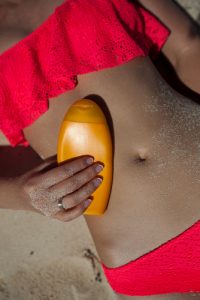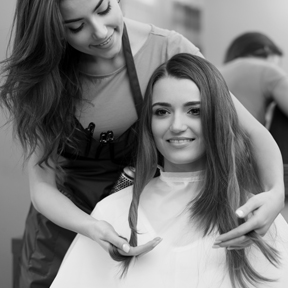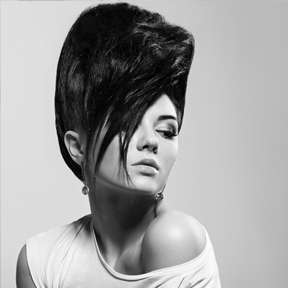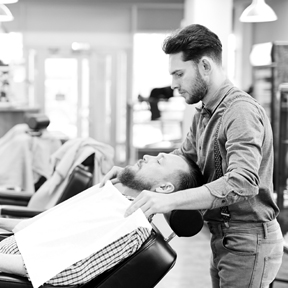
There is no question most skin cancers are related to sun exposure, yet even with sunscreen sales approaching $1 billion a year, skin cancer rates continue to climb.
Melanoma diagnoses have risen nearly 2 percent a year since 2000 and are increasing even more among young white women.
Some experts blame inappropriate use of sunscreen, saying that people do not apply enough lotion (a golfball-size dollop) or do not reapply it every two hours as instructed.
But there’s another major concern: Until recently, many sunscreens with a high sun protection factor, or SPF, were designed primarily to protect people from ultraviolet B rays, the main cause of sunburn. These sunscreens may have enabled users to stay out longer but did not necessarily protect them from ultraviolet A rays. These are associated with aging and skin damage, but some experts believe they may also be implicated in skin cancer.
Sunscreen is not a magic bullet; it’s just one of the defenses against the harmful effect of UV radiation, and that message gets lost. Experts are urging people to limit their time in the sun, especially at midday, and protect their skin with hats, shirts and cover-ups instead of relying exclusively on sunscreen.
This summer, most of the sunscreen on store shelves must conform to new Food and Drug Administration labeling rules that may help remedy consumer misperceptions. Still, concerns remain about ingredients in some sunscreens.
“Broad spectrum protection” should not automatically give you a sense of complete protection. That simply now means the sunscreen has been proved to protect against both UVA and UVB rays, however the UVA protection may be comparatively weaker. The additional important thing to pay attention to is the SPF rating; any product with an SPF lower than 15, must carry a label warning that it will not protect against skin cancer. Products cannot claim to be waterproof, only water-resistant, and labels must note a time limit of either 40 or 80 minutes before the sunscreen is ineffective. Manufacturers can still sell sunscreens with SPFs that exceed 50, though F.D.A. officials are evaluating whether they should remain on the market, as it’s not clear that sunscreens with higher SPFs actually are more effective, and consumers may not apply them as frequently.
Tips to keep in mind when selecting sunscreen from a recent NY Times article:
■ Look for products with an SPF of 15 to 50, and that are labeled “broad spectrum protection,” meaning they protect against both UVA and UVB rays. Higher SPF values are misleading.
■ Keep babies younger than 6 months out of the sun, as their skin is especially sensitive. Sunscreen should not be used on infants. If they are outdoors, keep them completely covered and in the shade.
■ Try to keep older children inside when the sun is harshest, from 10 a.m. to 2 p.m. A bad sunburn in childhood or adolescence doubles the risk of melanoma later in life, according to the Skin Cancer Foundation.
■ Avoid sunscreen sprays. The F.D.A. has banned sunscreen powders (though some products may still be available) and has asked for more data on sprays. The concern is twofold: that not enough sunscreen makes it onto the skin, and that the spray may be inhaled into the lungs.
■ Avoid products with vitamin A, retinol or its derivatives, such as retinyl palmitate and retinyl acetate, as they may increase the possibility of a sunburn for up to a week.
■ The Environmental Working Group recommends avoiding products with oxybenzone, a chemical that may disrupt hormones. Though research has found this effect, many scientists say the effect is so weak as to be insignificant. The advocacy group, however, recommends products that use zinc oxide and titanium dioxide as active ingredients. (These products may leave a milky white film on the skin.)
■ Look for fragrance-free products. Scents bring more unnecessary chemicals and potential allergens to the mix.
■ Take endorsements and seals of approval with a grain of salt. The Skin Cancer Foundation gives a “seal of recommendation” to sunscreens, but only if their manufacturer has donated $10,000 to become a member of the organization.
(Adapted from an article in NY Times)








